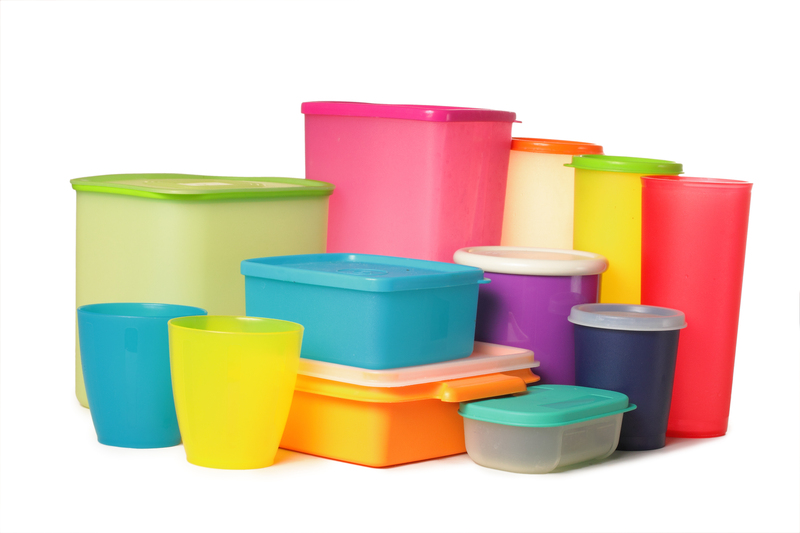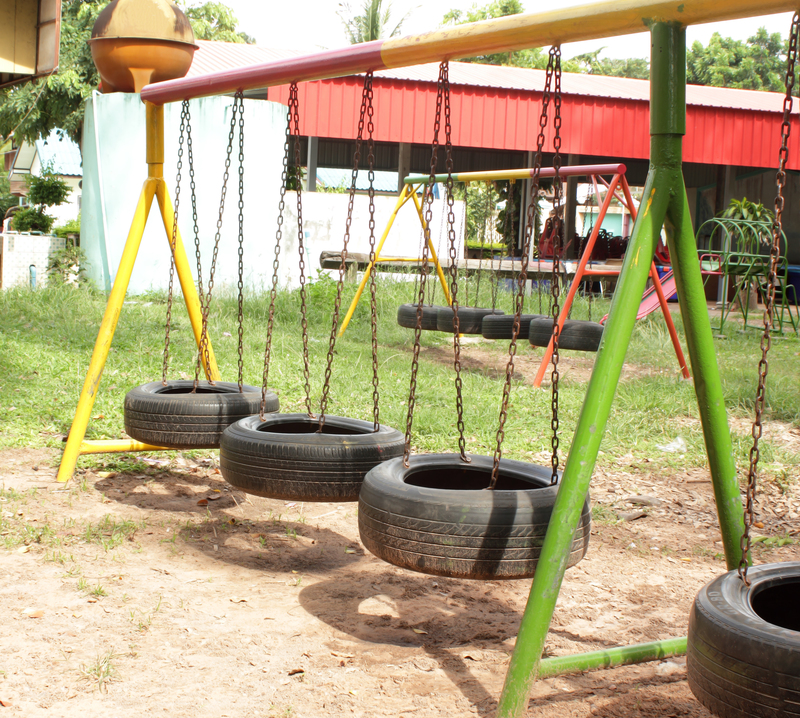Saving the Planet One Upcycled Treasure at a Time
Every day, countless items are discarded, filling up landfills and contributing to environmental strain. But what if we told you that saving the planet could start with giving new life to old things? That's the transformative power of upcycling. Let's explore how one upcycled treasure at a time can spark a global movement for sustainability.
Understanding Upcycling: The Art of Conscious Creation
Before diving into the impact of upcycling treasures, it's crucial to grasp what upcycling really means. Unlike recycling, which breaks down materials into their base components, upcycling involves repurposing items creatively to give them new life and function. In essence, it's about elevating waste into something valuable and beautiful.
What Sets Upcycling Apart?
- Reduces landfill waste by re-imagining discarded objects.
- Requires less energy than traditional recycling processes.
- Encourages creativity and individual expression.
- Preserves the embodied energy in products, prolonging their usefulness.
This technique is sweeping the globe, transforming old jeans into tote bags, wooden pallets into rustic furniture, and glass jars into stylish lamps. Every upcycled treasure not only minimizes waste but also sparks inspiration in others.

The Environmental Benefits of Upcycling
1. Cutting Down on Waste
One of the most significant benefits of upcycling treasures is the reduction of waste that ends up in landfills. Instead of discarding an old chair or broken bicycle, creative minds turn them into functional art. Every upcycled item delays or even prevents landfill deposits, curbing pollution and greenhouse gas emissions.
2. Conservation of Natural Resources
Upcycling helps conserve resources by extracting more value from existing materials. Rather than demanding new raw materials, it makes efficient use of what's already available. For example, transforming old clothes into quilts saves on water and cotton farming impacts.
- Lowers demand for virgin materials
- Protects ecosystems from destructive mining or farming practices
- Reduces carbon footprint associated with manufacturing and transportation
3. Energy Savings and Reduced Carbon Emissions
Producing new products requires immense energy for extraction, processing, and transportation. In contrast, upcycling skips many steps, typically using much less energy. This translates into fewer greenhouse gas emissions and a healthier environment.
The Social and Economic Impact of Upcycling
Empowering Creativity and Skill Development
Upcycling isn't just an environmental solution; it's a creative outlet that empowers communities. From DIYers at home to artisan entrepreneurs, upcycling encourages innovative thinking and skill-building. Individuals learn carpentry, sewing, painting, and even mechanical repairs in the process.
Supporting Local Economies
Many small businesses have blossomed by selling upcycled treasures online and at local markets. These ventures utilize discarded items, create unique products, and foster green jobs. Supporting upcycling businesses keeps money circulating within communities and sparks eco-conscious consumer habits.
- Shoppers find one-of-a-kind upcycled wares
- Entrepreneurs turn trash into profit
- Communities rally around local, sustainable businesses
Popular Upcycling Ideas: Turning Trash Into Treasured Goods
Furniture Transformations
One of the most visible forms of upcycling is the transformation of old furniture into modern, stylish pieces. A battered dresser can become a chic kitchen island. Pallets can find new life as coffee tables or outdoor seating. With a little ingenuity, even the most worn-out items can become upcycled treasures.
- Old ladders repurposed as bookshelves or plant stands
- Wine barrels converted into sinks or storage units
- Vintage suitcases reinvented as accent chairs
Upcycled Fashion and Accessories
The fashion industry is notorious for waste, but upcycling is changing the narrative. Creative minds now convert old denim, vintage fabrics, and unwanted clothing into statement pieces:
- Patchwork jackets and bags from fabric scraps
- Jewelry made from electronic waste or hardware
- Headbands, scarves, and rugs fashioned from T-shirt yarn
Household Decor from Everyday Items
Upcycled treasures can elevate home aesthetics while reflecting eco-friendly values.
- Glass bottles repurposed as pendant lights or vases
- Mismatched utensils bent into unique wall hooks or handles
- Old window frames transformed into stylish photo displays
How to Start Saving the Planet One Upcycled Treasure at a Time
Step 1: Re-Evaluate What You Own
Instead of throwing everything away, take inventory of what you have. Ask yourself: Can this item be fixed, upgraded, or turned into something entirely new?
Step 2: Gather Inspiration
Resources like Pinterest, Instagram, and DIY blogs offer a wealth of upcycling ideas. Look for creative ways others have transformed everyday objects. You might be surprised how a simple search can spark your imagination.
Step 3: Acquire Basic Tools and Materials
You don't need a full workshop to start upcycling. Collect basic tools--such as glue, screwdrivers, paint, and scissors--to tackle most beginner projects. Use eco-friendly paint and non-toxic adhesives whenever possible.
Step 4: Start Small and Build Confidence
Begin with simple projects like turning old jars into organizers or transforming T-shirts into totes. As experience grows, you'll tackle more ambitious upcycling challenges--and create even more significant impact.
Step 5: Share and Inspire Others
Document your projects and share them on social media using hashtags like #UpcycledTreasure or #EcoFriendlyLiving. Sharing your journey inspires friends and family to rethink waste, amplifying the positive effect.
Overcoming Common Upcycling Challenges
Lack of Time
Upcycling doesn't have to be time-consuming. Choose weekend projects, involve the kids, or team up with friends. The rewards can be both practical and social.
Finding Materials
- Thrift shops, flea markets, and garage sales are goldmines for upcyclers.
- Online platforms like Facebook Marketplace or Freecycle offer free or cheap unwanted items.
- Network with local businesses, schools, or neighbors to source materials.
Building Skills
You don't need to be a professional carpenter or artist. Free online tutorials and community workshops are widely available. With patience and practice, skills grow--and so does your collection of upcycled treasures.

The Future of Upcycling: A Sustainable Lifestyle Movement
As global awareness of environmental issues increases, upcycling is gaining traction beyond hobbyists. Manufacturers and designers are rethinking product life cycles and incorporating upcycled elements into their creations. This shift marks a transition from a "throwaway culture" to a world where we value resourcefulness and responsibility.
Sustainable Fashion and Furniture
Leading brands now offer upcycled product lines. By choosing upcycled goods, consumers send a strong message, driving demand for even more sustainable options. Imagine a world where most possessions are cherished upcycled treasures, each with a story and a positive environmental legacy.
The Role of Tech in Upcycling
Technology is also playing a pivotal role, connecting upcyclers worldwide and making it easier to swap, sell, or donate unwanted goods. Innovative apps and online marketplaces make finding and sharing upcycled items effortless, scaling the movement to new heights.
Conclusion: Every Upcycled Treasure Makes a Difference
Saving the planet one upcycled treasure at a time isn't just a catchphrase--it's a lifestyle with real environmental, social, and economic impact. By embracing upcycling, we step toward a waste-free future, where creativity trumps consumption and sustainability becomes second nature.
- Start small--every upcycled jar, chair, or shirt counts.
- Share your creations to inspire a wave of change.
- Support businesses and artists who turn discarded objects into valuable goods.
Let's make our planet greener, cleaner, and more beautiful one upcycled treasure at a time. Join the movement, and turn tomorrow's waste into today's wonders!
Frequently Asked Questions (FAQ) on Upcycling
- What is the difference between upcycling and recycling?
Recycling breaks down materials to make new products, often requiring significant energy and resources. Upcycling creatively repurposes items, preserving value and minimizing waste. - Can anyone start upcycling?
Absolutely! All you need is an open mind, a few basic tools, and a willingness to experiment. - What are the top benefits of upcycling?
- Reduces environmental impact
- Promotes creativity and skill-building
- Saves money and resources
- Helps build vibrant, sustainable communities
Sustainable living is not just a trend; it's a necessity. Embrace upcycling, inspire others, and let's save the planet together--one upcycled treasure at a time.
